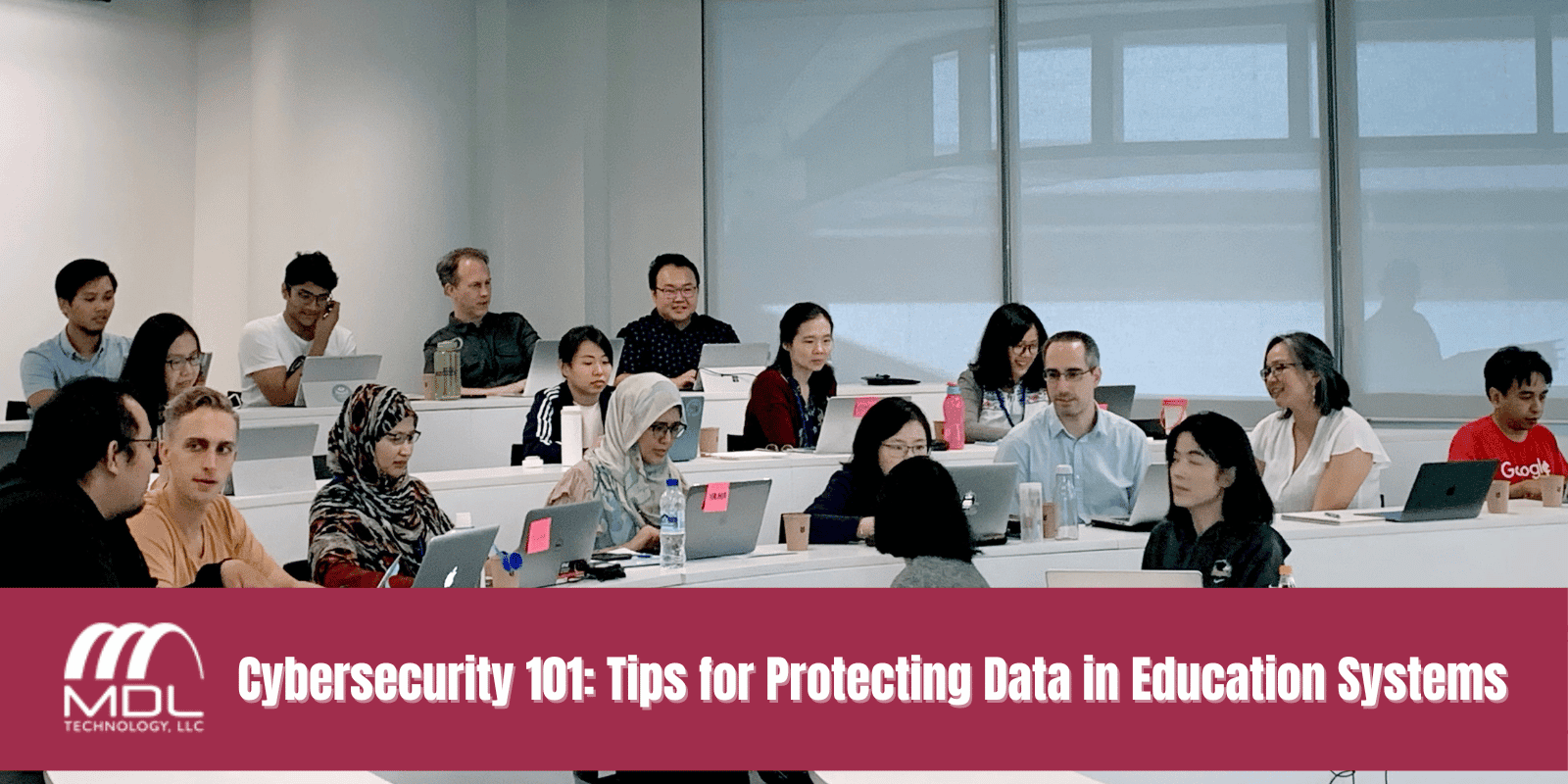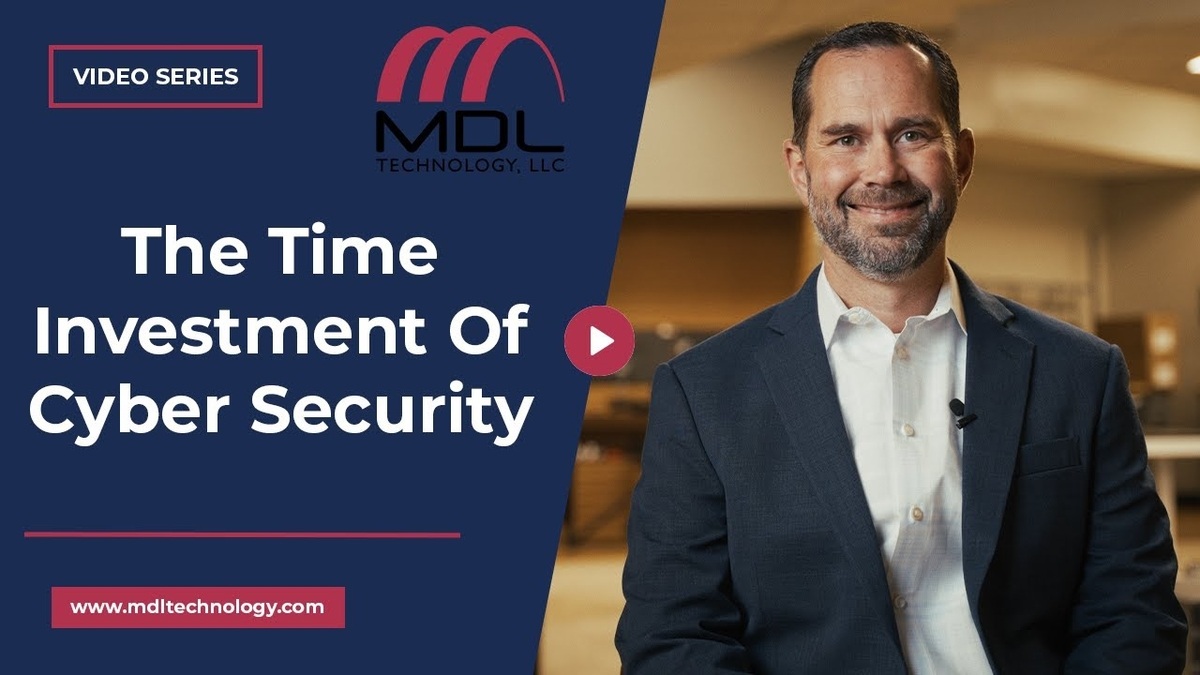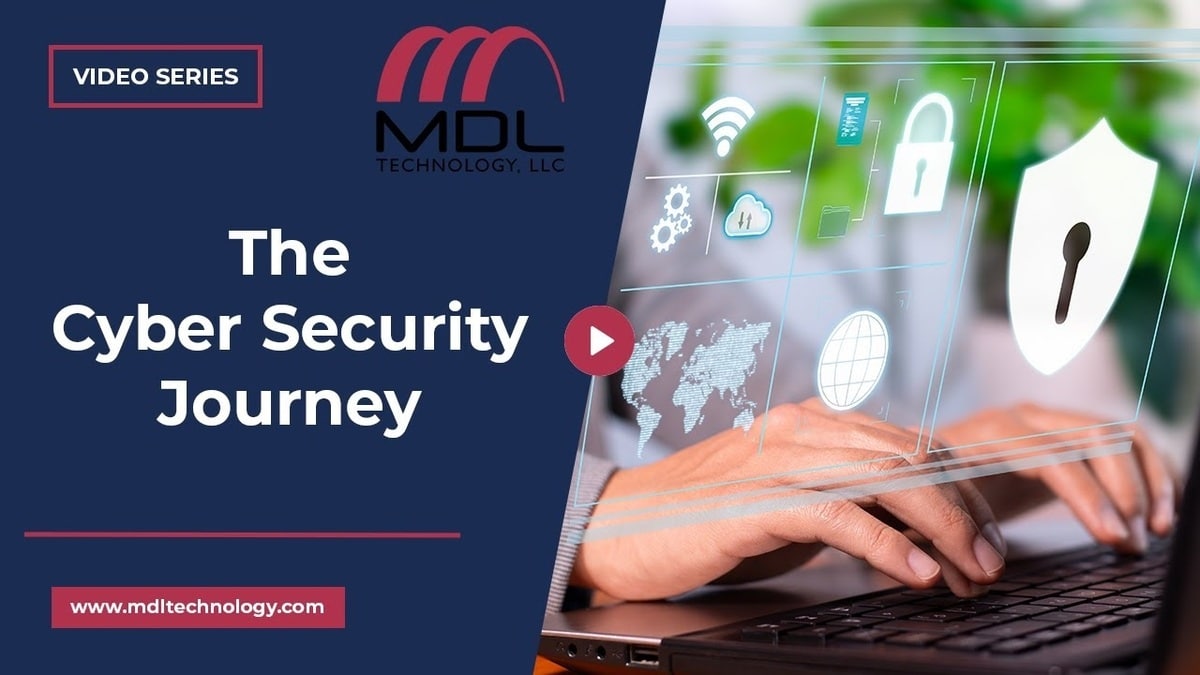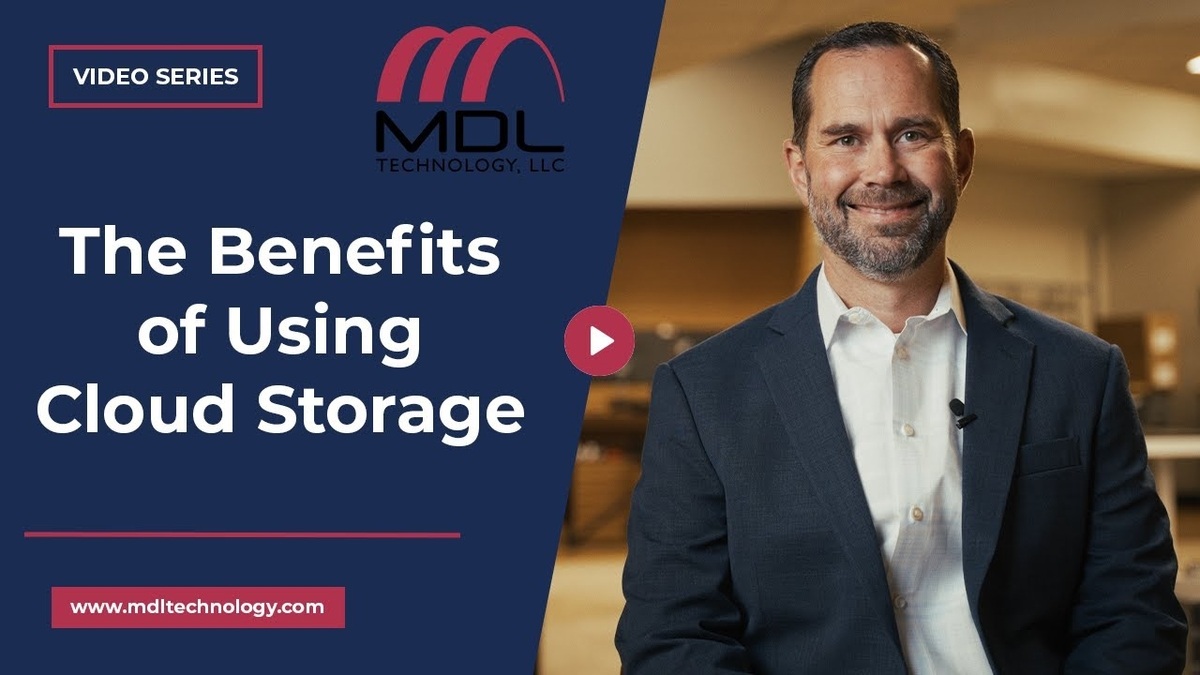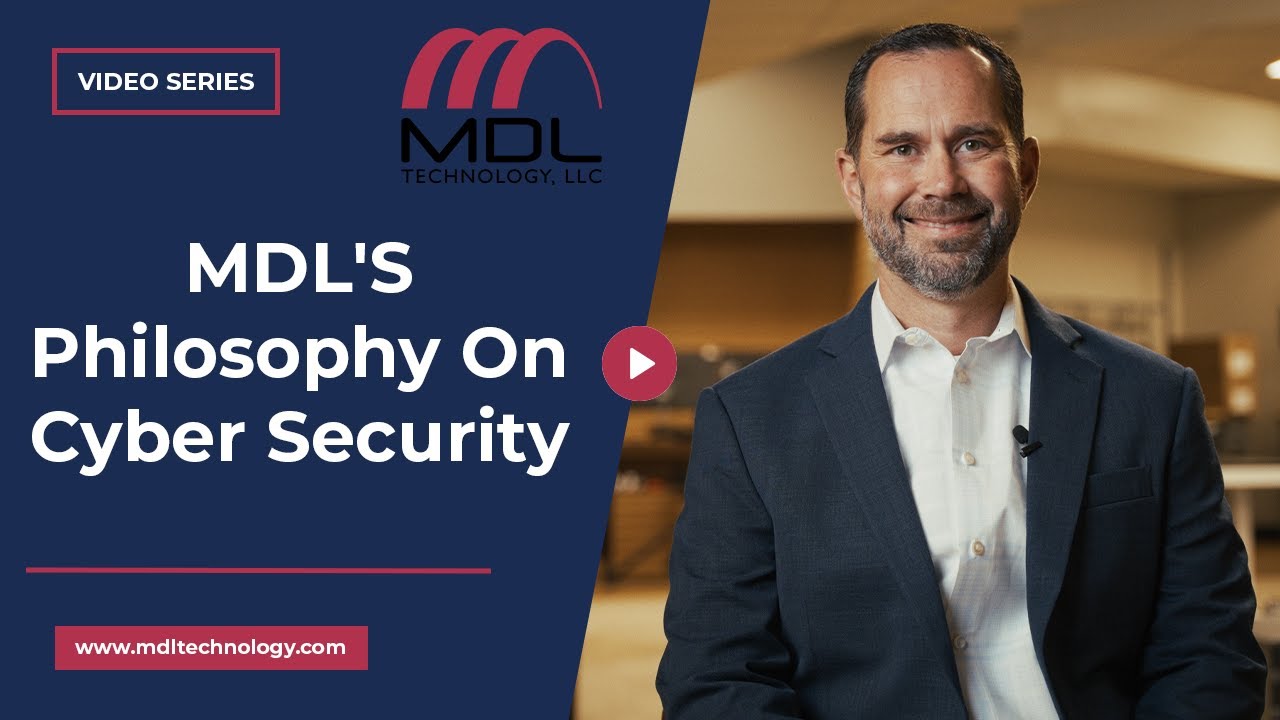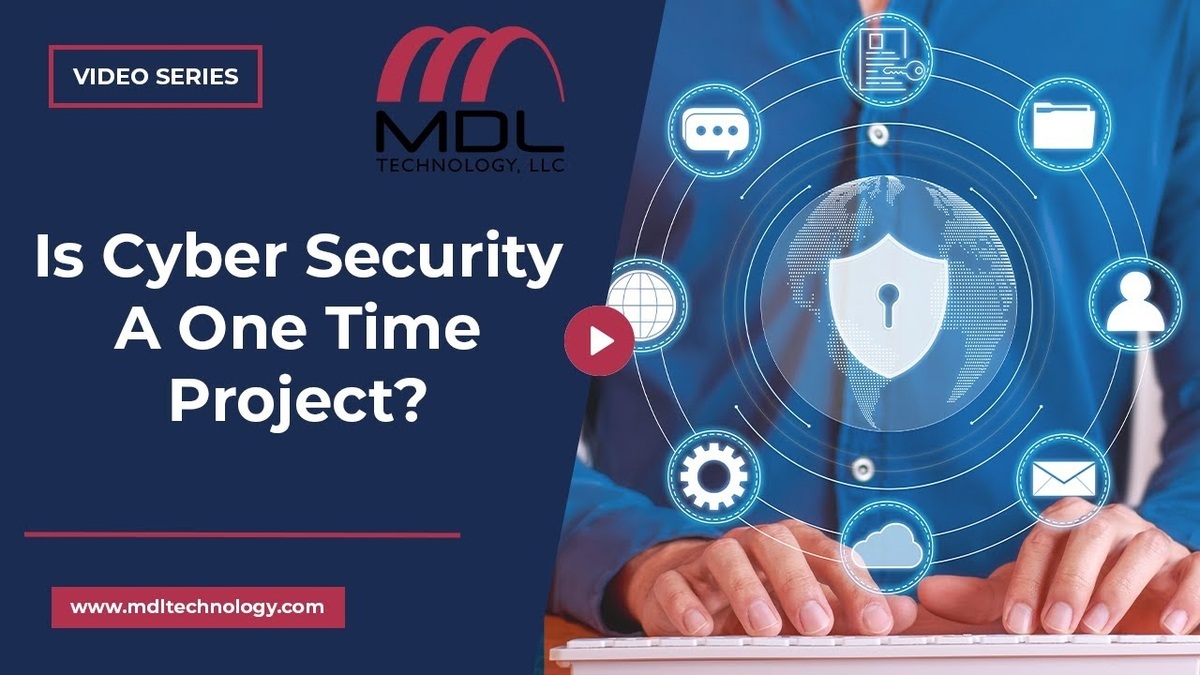It’s back to school time for students everywhere! Kids are signing up for classes, choosing electives, and entering new school systems with shiny folders and sharpened pencils.
Every student that walks through those doors offers personal data to school systems to track and store, from grades to addresses to mental health information. When they offer up this information, students, faculty and families expect that this information will stay secure and out of the hands of unauthorized users wanting to exploit that info.
So what happens when a school or education system experiences a data breach?
First, that sensitive and confidential information is now vulnerable to exploitation. Second, school systems may face paying a costly ransom or dealing with monumentally-debilitating system downtime. Thirdly, student and teacher routines will be disturbed. And lastly, and most importantly, school systems will lose the trust of their community.
This can be detrimental to school systems, especially those with limited resources.
So, how do you avoid these costly and damaging data breaches and cyberattacks? Some clear and actionable habits can make the data you store significantly more secure.
So grab your pencils and take notes — here are some helpful tips for education systems to strengthen cybersecurity.
Top Tips to Protect Data in Education Systems
1. Assess the current status of data privacy
Knowing how to improve your current cybersecurity strategy without understanding it can make a path forward initially unclear. Ask some initial questions about your current processes to help map out a better course of action. Here are just a few that can help suss out weaknesses:
What third-party apps are connected to platforms?
Many teachers use free teaching aids when preparing classroom plans and lessons. But, how many third-party apps do you have active on your devices? One school district, when evaluating this question, found over 700 different free third-party apps existing on school devices. This opened their eyes to the risks of using unlimited and unregulated apps.
Where is student data stored?
Schools or school districts should evaluate how they store student and faculty data. Is it primarily in physical files? Is it on the cloud? Do you have dependable backups? Are you confident in the digital and physical security of this information?
Do you have the ability to keep track of data and understand what happens to it during its lifespan?
Understanding who made changes and when can offer valuable insight into any damage caused by human error, potentially-disgruntled employees and compromised accounts.
Do you have the ability to remove the data upon request?
The ability to edit, add or delete data is important to keep the most updated information on file, especially when working with data for minors.
What steps are you taking to protect the data from unwanted or unauthorized users?
Have you enacted cybersecurity practices? If you experience a vulnerability or hackers target your system, do you have the resources and plan for timely bug fixes and patch management?
Do you have the ability to maintain the accuracy and consistency of data over its entire life cycle?
Evaluating ways to safely archive data can make room for priority info while keeping older information reachable.
2. Make sure people at every level understand why you need to prioritize cybersecurity
The best way to get everyone on board with taking on a cybersecurity overhaul is to make sure everyone understands the risks involved with not prioritizing data protection. Here are some important things to communicate to stakeholders in your education system’s security:
What damage can occur
Many people may not fully comprehend the importance of student data that school systems must protect. Just a few examples of data that is your responsibility to keep secure are:
- Address
- Race/Ethnicity
- Test scores
- Grades
- Social security numbers
- Housing situation
- Family details
- Mental health and medical diagnoses
- Descriptions of disabilities
- Migrant status
Many of these data points are incredibly sensitive and can be exploited by hackers.
Legal implications
If a school system experiences a data breach, the problem doesn’t end when your IT team fixes the violation. If the impacted community believes that there was neglect in a cybersecurity strategy, it can lead to investigations, fines and lawsuits.
For example, this Tennessee school district is under fire for lack of oversight on cybersecurity.
Examples of data breaches
Sharing some examples of data breaches can show the reality of the damage caused by a lack of security. Here are just a few recent examples:
A DDoS attack caused a significant data breach of the Toledo Public School system, exposing personal information, including social security numbers, for both students and staff.
Personal information, including staff members’ full names, social security numbers, driver’s license numbers, bank account and routing numbers, and medical information from over 3,500 staff members at the Cedar Rapids Community School District, may have been included in a cybersecurity breach.
Hundreds of students’ personal information in a Tooele, UT school district was potentially compromised in what the Tooele County School District called a “technical problem” as the district switched data storage platforms.
3. Provide In-Person Data Privacy Training
People at all levels, from teachers to students to executives, need to practice safe digital practices. So training needs to happen at all levels!
Having agreed-upon cybersecurity rules, best practices and regulations for all stakeholders can cut down on user error, compromised accounts and vulnerabilities. Make sure all new students and employees are filled in as soon as possible and plan annual training sessions to share the importance and actionable insights into data privacy.
4. Integrate cybersecurity into all organizational processes
Cybersecurity is only as strong as the areas where it isn’t present! That means it needs to be enacted in all aspects of your school system’s processes. For example:
Choosing apps for class — while free teaching apps can benefit teachers, nothing is ever truly free! Monitoring the active apps or having teachers first check existing district resources for potential tools can minimize the usage of suspicious apps or downloading malware.
Storing student and faculty data — there is a lot of sensitive information to protect, from faculty banking info to student health information. Make sure that all cloud storage or on-site data storage is secure.
Admin access — Does every employee have access to all levels of data? If so, it can add more vulnerabilities to your data security plan.
Password security — Students, teachers, admins and all stakeholders should understand and enact all password security habits like regular updates and two-factor authentication.
Change tracking — From compromised accounts to user errors to ex-employees, having a way to track changes to internal processes can pinpoint any suspicious accounts.
Device usage in classrooms — Does your school system have computer rooms, use iPads in classes or offer laptops to teachers? Ensure each device is accounted for, use the correct malware scanning tools and limit access to suspicious websites.
5. Understand the resources you have at your disposal
Many school districts and government organizations offer access to education system security training, tools, how-tos and evaluations to improve data security and privacy. Make sure you use any and all resources you have to boost your team’s knowledge of data privacy and security! Here are just a few helpful resources:
Student Data Privacy Consortium
Your specific state departments of education will also have helpful resources tailored to your state’s regulations.
6. Engage parents in the conversation
Increased remote learning and using digital devices at home for academics involve parents in your cybersecurity and data privacy plan. By making your processes clear to parents, they can also help younger children and understand for themselves the steps your school system takes to protect data.
7. Planning a secure transition to the new cybersecurity plan
Sometimes, switching to a new plan can temporarily make your data vulnerable. To avoid that vulnerability, choose a team that can plan a transition strategy that prioritizes the privacy and security of your data at every step of the setup. Working with IT and cybersecurity experts during any shift in data storage, organization and security processes can significantly minimize any issues to overcome during the transition.
Rely on the Professionals
A long list of security measures and responsibilities can help protect your data, and it can be overwhelming to take it all on internally. MDL can assist in protecting student data, so you can rest easy knowing your sensitive info is in good hands.
Many assume that outsourcing their technology needs comes with a hefty price tag. However, with affordable solutions for businesses of all sizes and industries, MDL Technology is there for your IT needs every step of the way. Contact us today to learn more.

